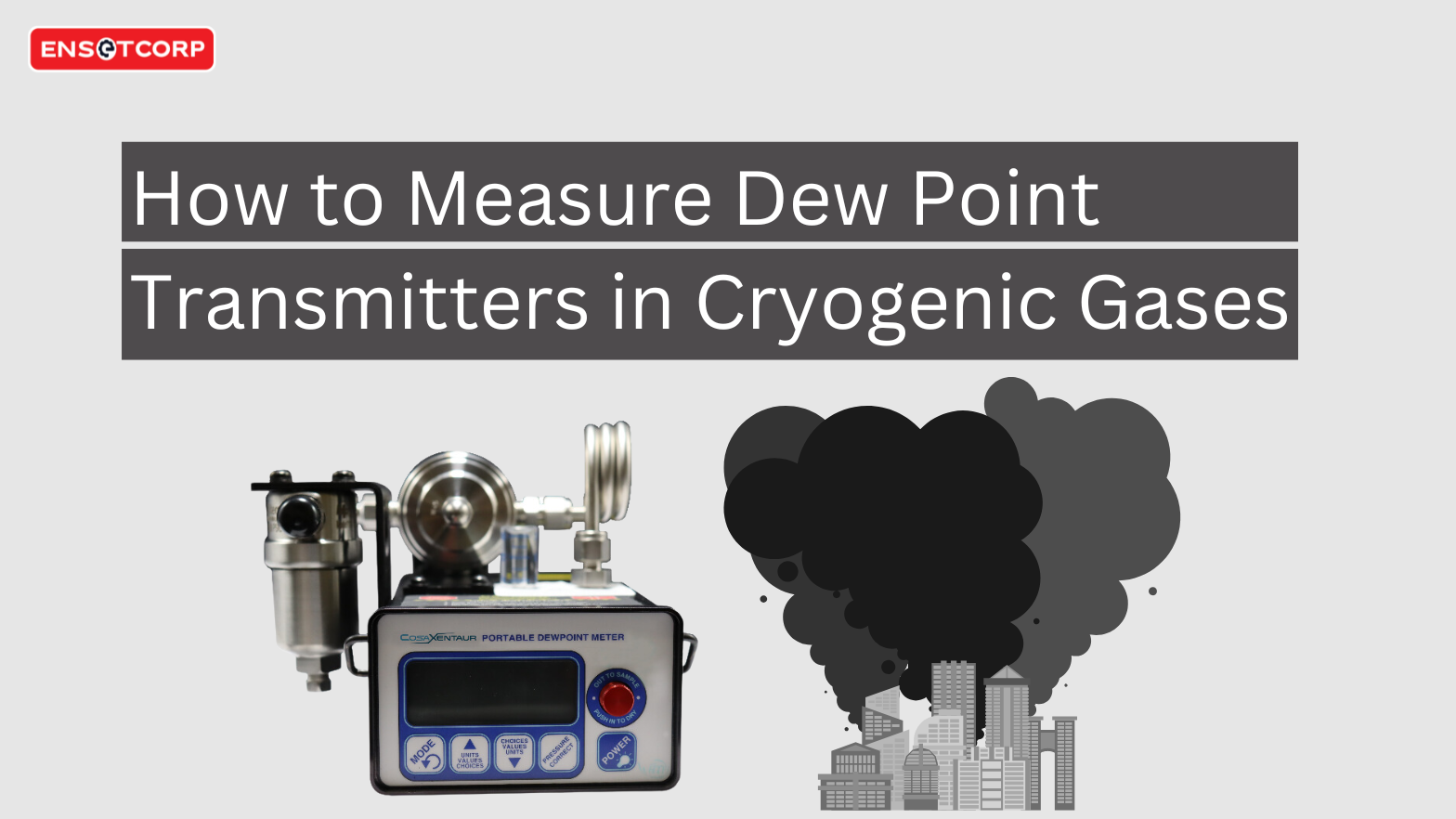How to Measure Dew Point Transmitters in Cryogenic Gases

Cryogenic gases, such as nitrogen, oxygen, and argon, are commonly used in various industries, including medical, aerospace, and electronics. Accurately measuring the dew point of these gases is crucial for ensuring their quality and safety. In this guide, we will provide step-by-step instructions for measuring dew point in cryogenic gases using dew point transmitters.
Understand the Importance of Dew Point Measurement in Cryogenic Gases.
Measuring the dew point in cryogenic gases is crucial for ensuring their quality and safety. If the dew point is too high, it can lead to condensation and ice formation, which can cause blockages and damage to equipment. Additionally, high dew points can lead to contamination and reduced purity of the gases, which can be dangerous in certain industries. Accurate dew point measurement is essential for maintaining the quality and safety of cryogenic gases.
Choose the Right Dew Point Transmitter for Your Application.
When it comes to measuring dew point in cryogenic gases, choosing the right transmitter is crucial. There are several factors to consider when selecting a transmitter, including the type of gas being measured, the temperature range, and the accuracy required. It’s important to choose a transmitter that is specifically designed for cryogenic applications and can handle the extreme temperatures and pressures involved. Look for a transmitter with a fast response time and high accuracy to ensure reliable and consistent measurements.

Model XPDM – Portable Battery-Operated Compact Dew Point Meter
•HTF™ (hyper-thin film) technology
• Compatible with a wide range of gases and fits wide range of applications
• Easy to use and maintain
• Field accessible calibration
• Good companion to the Model XDT
• Highly configurable user settings
• Measurement range: -100oC to +20oC at ideal pressure
• Portable battery operated, hand-held
Install the Dew Point Transmitter Correctly.
Once you have selected the appropriate dew point transmitter for your cryogenic gas application, it’s important to install it correctly to ensure accurate measurements. The transmitter should be installed in a location that is representative of the gas being measured, and away from any sources of heat or moisture that could affect the readings. Follow the manufacturer’s instructions for wiring and calibration, and regularly check and calibrate the transmitter to ensure it is functioning properly. With proper installation and maintenance, a dew point transmitter can provide reliable and accurate measurements of dew point in cryogenic gases.
Calibrate the Dew Point Transmitter for Accurate Readings.
To ensure accurate measurements of dew point in cryogenic gases, it’s important to regularly calibrate the dew point transmitter. This involves comparing the readings from the transmitter to a known reference point, such as a chilled mirror or a dew point generator. Follow the manufacturer’s instructions for calibration, and make sure to use the appropriate reference point for your application. Regular calibration will help to ensure that the transmitter is providing accurate and reliable measurements of dew point in your cryogenic gas system.
Monitor and Maintain the Dew Point Transmitter for Long-Term Performance.
In order to maintain accurate and reliable measurements of dew point in cryogenic gases, it’s important to regularly monitor and maintain the dew point transmitter. This includes checking for any signs of damage or wear, such as cracks or corrosion, and replacing any damaged parts as needed. It’s also important to regularly clean the transmitter and ensure that it is properly installed and connected to the gas system. By taking these steps, you can help to ensure that your dew point transmitter provides long-term performance and accurate measurements of dew point in your cryogenic gas system.
